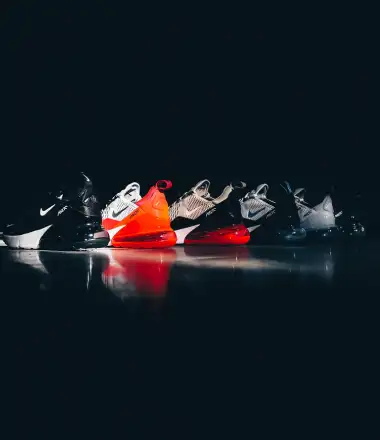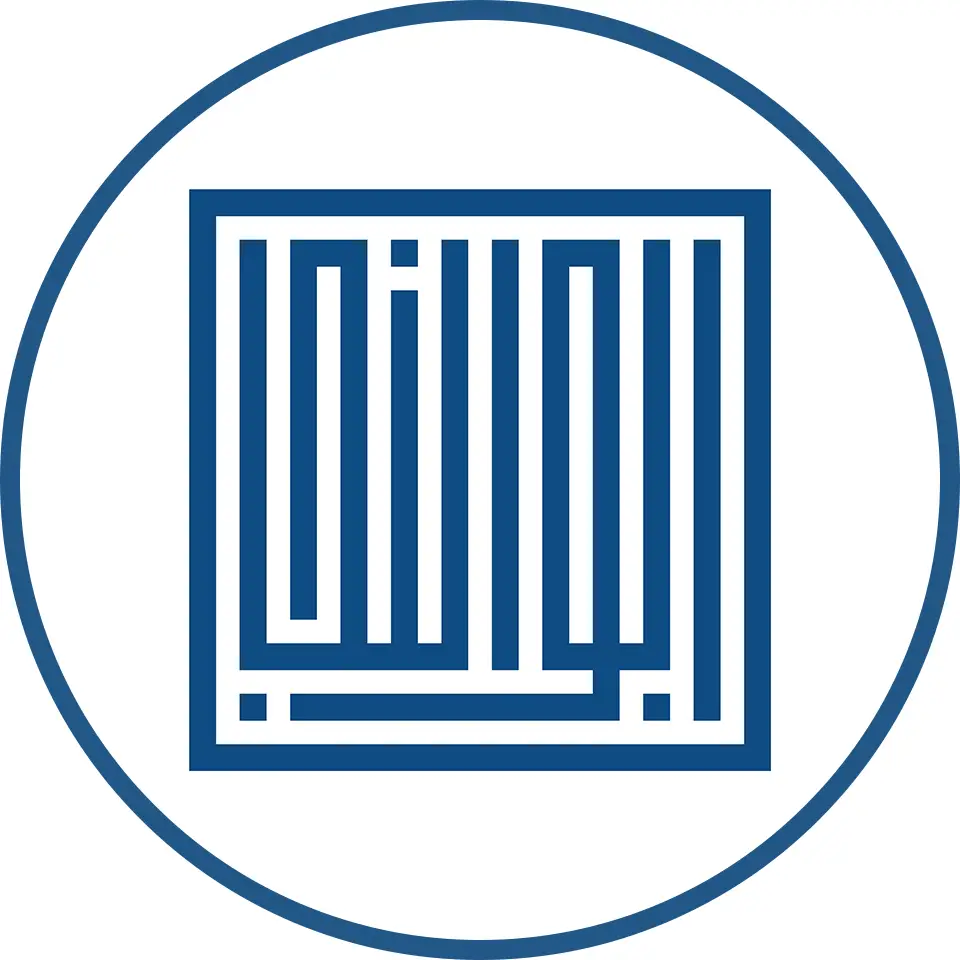Unfair Competition: How is it related to Trademark Infringement?

Table of Contents
Unfair Competition and Trademark Infringement – Are they related?
Infringement is sublimated from a formula that acknowledges a trademark to be imparting three benefits to a brand or organization:
- It provides the product an identity
- It vouchers for the superior quality of the product
- It improves awareness and thus brand equity on the whole
Having said that, let us explore where unfair competition comes into the infringement picture. First of all, how is unfair competition defined?
While it strives to achieve these benefits, these are more or less interconnected. Impairment to trademarks in any or all of the above capacities is termed as an infringement.
What is Unfair Competition?
Legally, Unfair Competition is defined as the means of resorting to unfair and dishonest practices to tackle rivalry. However, this definition is said to be indefinite and obscure. First used in the context of the court’s endeavors in shielding trademarks, this invariably referred to a trader who sold another’s goods as though it were his own by means of counterfeiting unique characteristics of the products such as name, logo, tagline, shape, color scheme and even the way it is packaged. Such practices ultimately lead to a naïve consumer being deceived and ending up with an inferior product.
This article explains how to combat counterfeit goods sold online.
As businesses vied with each other and the competition got cut-throat, the theory of unfair competition law went against public policy, making it illegal to engage in competing too much. In response to this, regulations were made stringent on a set level of fairness to be adopted.
How is it related to Trademark Infringement?
Trademark infringement is indeed a category that falls under the realm of unfair competition and shares the same liability principles. The idea of unfair competition is to provide protection to any trademark or distinguishing aspect of the business against a mock-up or a knock-off initiated by a rival that acts as a breach of restrictions of fairness in competition.
Examples of Infringement
While there are many ways in which trademarks are infringed, we take a closer look at one of the most prevalent kinds of it – infringing uses. This is said to occur when infringement results in having a product bearing a logo of a competitor brand or packing it up in a case that has affixed trademark elements of the competitor on it. Yet another familiar case is when buyers fail to realize that mere purchase of a product does not entitle them to own the brand’s trademarks. For the same reason, using the mark of the seller on the purchased goods (which originally did not have these elements affixed on them) is a violation of trademark rights.


Conclusion
While a manufacturer is permitted to produce spare parts for a commodity that did not originate in his factory as long as these parts are not the intellectual property of the prime manufacturer of the commodity in question. However, the limits within which the manufacturer explores using the registered trademark elements of the original article without it being deemed as the commitment of an infringing act is debatable.
What do you do if you find out that another brand is using the same name as yours and is claiming to have had it first? Worry not; our experienced consultants will devise a strategy and a detailed plan on what recourse can be taken regarding the infringement.
Drop us a line on [email protected] or give us a call on +971 4 282 2677 to book your free consultation.






